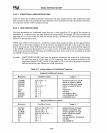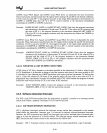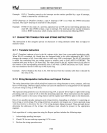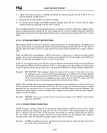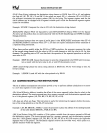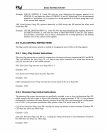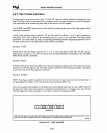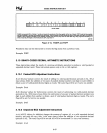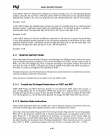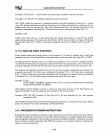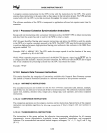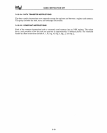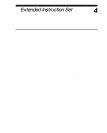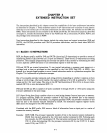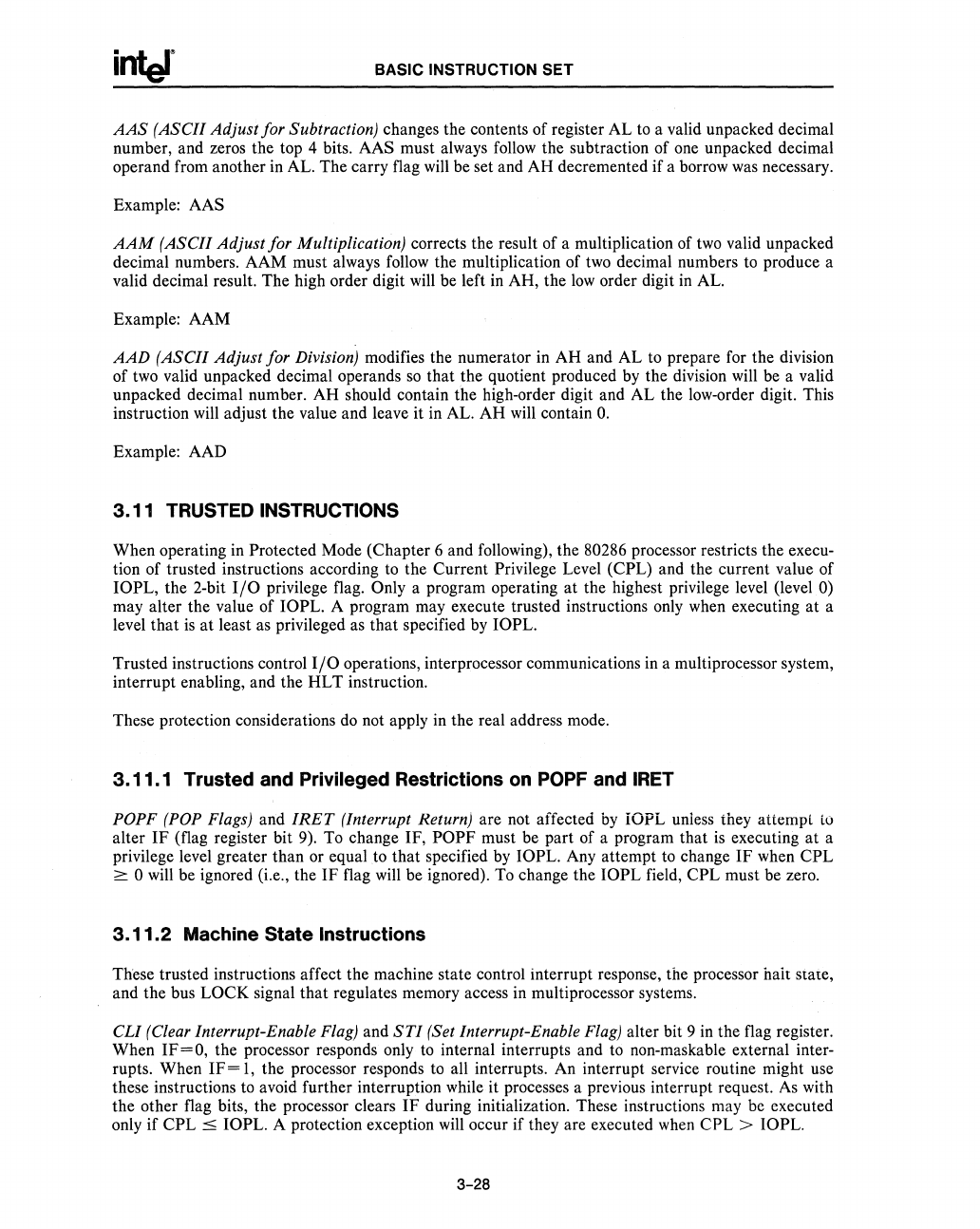
BASIC INSTRUCTION SET
AAS
(ASCII Adjust for Subtraction) changes the contents of register AL
to
a valid unpacked decimal
number, and zeros the top 4 bits.
AAS must always
follow
the subtraction of
one
unpacked decimal
operand from another in AL. The carry flag
will
be set and AH decremented if a borrow
was
necessary.
Example:
AAS
AAM
(ASCII Adjust for Multiplication) corrects the result of a multiplication of
two
valid unpacked
decimal numbers. AAM must always
follow
the multiplication of
two
decimal numbers to produce a
valid decimal result. The high order digit
will
be left
in
AH, the
low
order digit
in
AL.
Example: AAM
AAD
(ASCII Adjust for Division) modifies the numerator in AH and AL to prepare for the division
of
two
valid unpacked decimal operands
so
that the quotient produced
by
the division will
be
a valid
unpacked decimal number. AH should contain the high-order digit and AL the low-order digit. This
instruction
will
adjust the value and leave it in AL. AH will contain
O.
Example: AAD
3.11 TRUSTED INSTRUCTIONS
When operating in Protected Mode (Chapter 6 and following), the 80286 processor restricts the execu-
tion of trusted instructions according
to
the Current Privilege Level (CPL) and the current value of
10PL,
the 2-bit
I/O
privilege flag. Only a program operating at the highest privilege level (level
0)
may alter the value of 10PL. A program may execute trusted instructions only when executing at a
level that
is
at least as privileged
as
that specified
by
10PL.
Trusted instructions control
I/O
operations, interprocessor communications
in
a multiprocessor system,
interrupt enabling, and the HLT instruction.
These protection considerations
do
not apply in the real address mode.
3.11.1
Trusted and Privileged Restrictions
on
POPF and IRET
POPF
(POP
Flags) and
IRET
(Interrupt Return) are not affected
by
IOPL unless ihey aUempi
io
alter
IF
(flag register bit
9).
To
change IF, POPF must be part of a program that
is
executing
at
a
privilege level greater than or equal.to that specified by
10PL. Any attempt
to
change IF when CPL
;:::
0 will be ignored (i.e., the IF flag will be ignored).
To
change the
10PL
field, CPL must be zero.
3.11.2
Machine State Instructions
These trusted instructions affect the machine state control interrupt response, the processor hair siate,
and the bus
LOCK signal that regulates memory access in multiprocessor systems.
CLl
(Clear Interrupt-Enable Flag) and
STI
(Set Interrupt-Enable Flag) alter bit 9
in
the flag register.
When
IF=O,
the processor responds only
to
internal interrupts and to non-maskable external inter-
rupts. When
IF=
1,
the processor responds
to
all interrupts. An interrupt service routine might use
these instructions to avoid further interruption while it processes a previous interrupt request.
As
with
the other flag bits, the processor clears IF during initialization. These instructions may
be
executed
only if CPL
:::;
10PL. A protection exception will occur if they are executed when CPL > IOPL.
3-28



